Time, an ever-flowing stream, eludes our grasp, yet humanity has long sought to capture its essence. In our pursuit, we have crafted intricate machines—watches—that not only serve as tools for measuring moments but also as reflections of artistry, technology, and culture. As we delve into the world of horology, we uncover not just the mechanics that allow these devices to tick but also the various categories that define them. From the rugged durability of sports watches to the timeless elegance of dress timepieces, each watch carries a story, a purpose, and an identity. Join us as we unlock the multifaceted realm of watches, exploring their essential functions and the diverse categories that cater to both our practical needs and aesthetic desires. Whether you’re a seasoned collector or a curious novice, this journey through the nuances of timekeeping can deepen your appreciation for the remarkable craftsmanship behind every watch.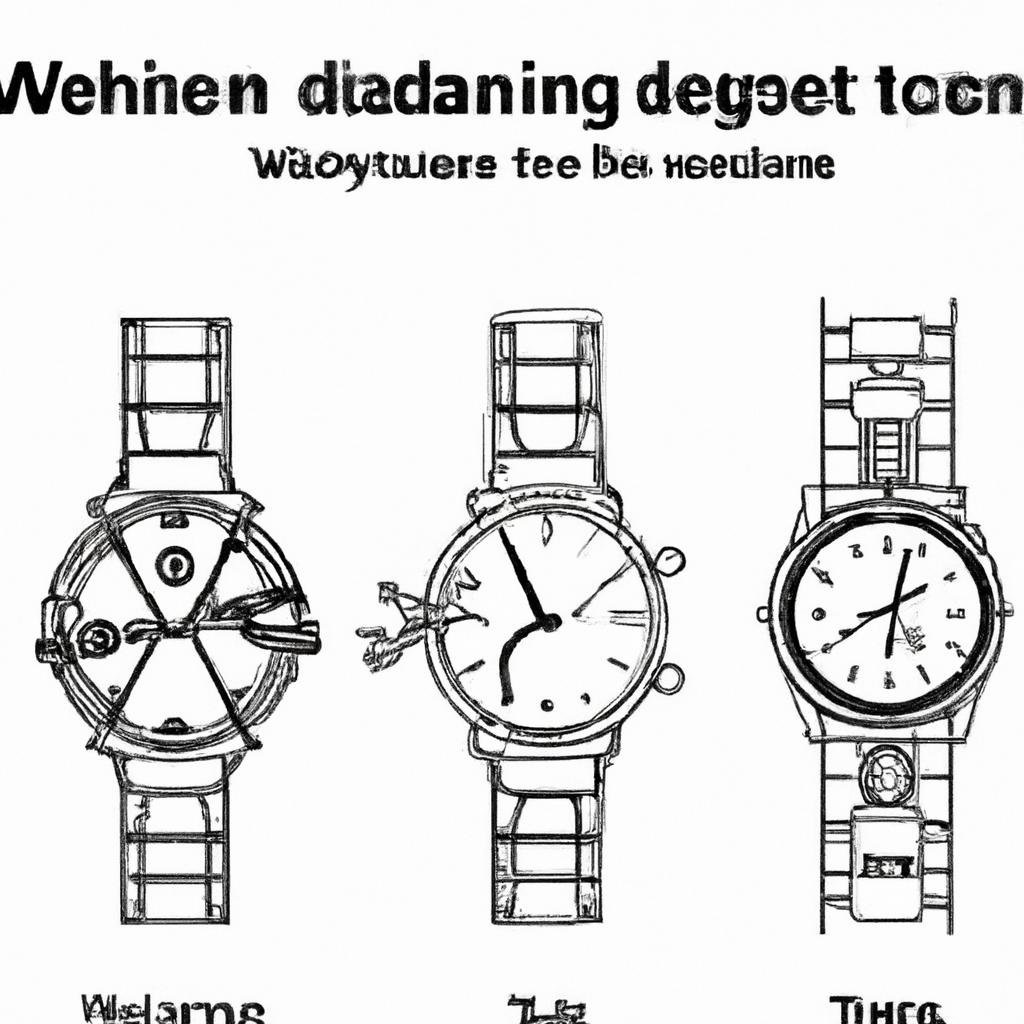
Understanding Watch Mechanics and Movement Types
Watches are marvels of engineering that serve as both function and fashion, and understanding their mechanics can unlock a deeper appreciation for these intricate devices. At the heart of every watch lies its movement, which can be categorized mainly into three types: **mechanical**, **automatic**, and **quartz**. Mechanical movements are powered by intricate gears and springs, relying on the energy stored in a coiled mainspring. Automatic movements, a subset of mechanical, utilize the motion of the wearer’s wrist to wind the mainspring, creating a seamless connection between the wearer and the watch. Quartz movements, on the other hand, harness the power of a battery and a quartz crystal to ensure precise timekeeping with minimal maintenance. Each movement type contributes its own charm and complexity, catering to different preferences and lifestyles.
When choosing a watch, it’s beneficial to consider what each movement type offers in terms of performance and aesthetics. Below is a simplified comparison to help clarify their key characteristics:
| Movement Type | Power Source | Maintenance | Accuracy |
|---|---|---|---|
| Mechanical | Mainspring | Regular winding required | ±10 to 30 seconds/day |
| Automatic | Mainspring (self-winding) | Worn regularly; otherwise needs winding | ±10 to 30 seconds/day |
| Quartz | Battery | Battery replacement every 1-3 years | ±15 to 30 seconds/month |
Beyond their functional differences, these movement types often reflect the craftsmanship and heritage of the watchmaker. Mechanical and automatic watches, steeped in tradition, often feature exquisite details and artisanal elements. Quartz watches, while less intricate in their mechanics, have ushered in an era of reliability and affordability. Whether you’re drawn to the elegance of a mechanical timepiece or the precision of quartz, understanding these basics is essential to appreciating the art of horology.
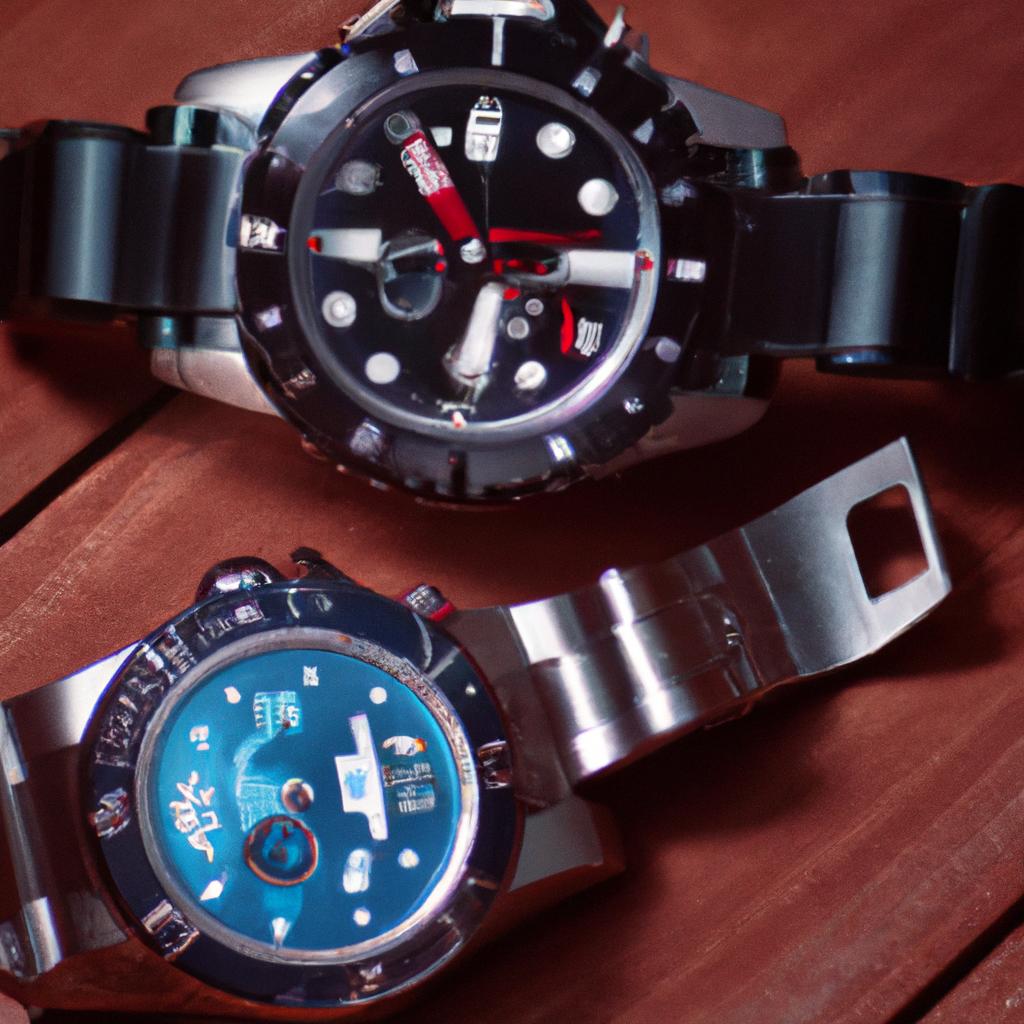
Diving into Watch Categories: From Dress to Dive Watches
When exploring the diverse world of watches, it’s essential to understand the distinct categories that cater to various occasions and needs. **Dress watches** are crafted with elegance in mind, typically featuring minimalist designs with sleek profiles, making them perfect for formal events or professional settings. They often showcase a classic aesthetic with white or black dials, thin case profiles, and high-quality leather straps. In contrast, **sports watches** are designed for functionality and durability. These timepieces come equipped with features such as chronographs, tachymeters, and water resistance, making them ideal companions for active lifestyles or outdoor adventures.
Further down the spectrum, we have **dive watches**, which are built to withstand the pressure of underwater exploration. Characterized by their robust construction, luminous hands, and unidirectional bezels, these watches combine style with practicality—often showcasing bold designs that make a statement both underwater and above. On the other hand, **field watches** focus on utility, often featuring a rugged build and easy legibility without excessive embellishments. To better illustrate these categories, consider the following table summarizing key features:
| Watch Category | Key Features |
|---|---|
| Dress Watches | Elegant design, slim profile, leather straps |
| Sports Watches | Chronographs, water resistance, durable construction |
| Dive Watches | Robust, luminous hands, unidirectional bezels |
| Field Watches | Rugged, practical, easy-to-read dials |
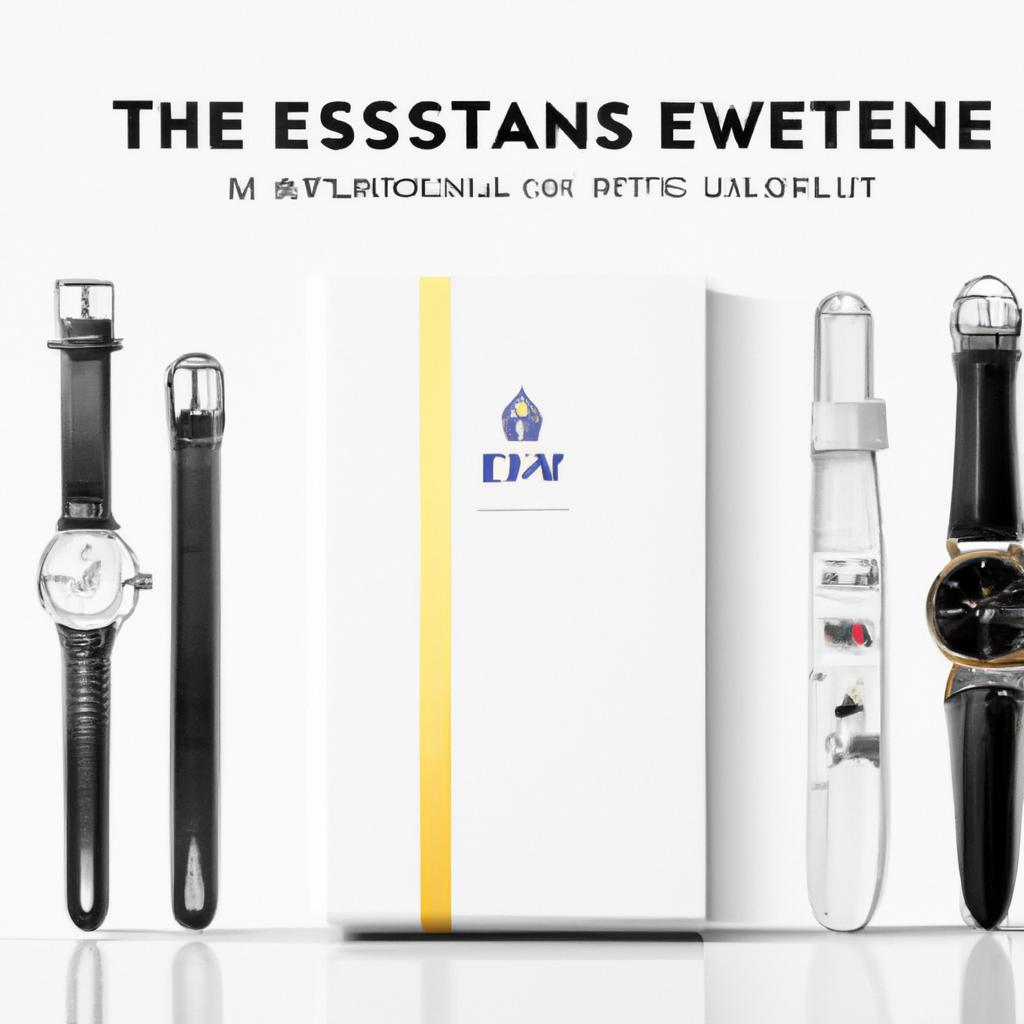
The Essential Guide to Choosing the Right Watch for Every Occasion
When selecting the perfect watch to complement your ensemble, understanding the various categories and functions of timepieces is crucial. **Dress watches** are typically sleek and minimalist, perfect for formal events, while **sports watches** are designed for durability and functionality, ideal for the active lifestyle. If your pursuits take you outdoors, consider a **field watch** known for its ruggedness and practical features such as luminescent dials. For those who enjoy the finer details, **smartwatches** offer a modern twist, merging technology with traditional watch aesthetics, allowing you to stay connected even when on the go. Below is a concise comparison of these categories:
| Watch Category | Key Features | Best Occasions |
|---|---|---|
| Dress Watches | Sleek design, minimal complications | Formal events, business meetings |
| Sports Watches | Durable materials, chronograph functions | Outdoor activities, casual outings |
| Field Watches | Rugged, easy-to-read dials | Adventures, camping trips |
| Smartwatches | Connected, multifunctional apps | Everyday wear, fitness tracking |
Moreover, style and personal preference shouldn’t be overlooked when choosing a timepiece. **Casual watches** offer a versatile option for everyday wear, combining comfort with style, while **luxury watches** signify status and craftsmanship, often adorned with intricate mechanisms and premium materials. It’s essential to consider your lifestyle, the design aesthetics you favor, and the specific features that align with your daily activities. The right watch not only tells time but can also make a personal statement, communicating your individuality and sophistication.
Final Thoughts
As we draw the curtain on our exploration of the intricate world of watches, it’s clear that timepieces are more than mere instruments to measure seconds and minutes. They serve as storytellers, each design and function whispering tales of craftsmanship, culture, and innovation. From the classic elegance of a mechanical watch to the cutting-edge technology of smartwatches, the diverse categories we’ve explored highlight the fascinating intersection of art and science that defines horology.
Whether you are a seasoned collector, an aspiring enthusiast, or simply someone who appreciates the passage of time, understanding the functions and categories of watches can enhance your appreciation for these remarkable creations. They remind us that every tick symbolizes a moment to cherish, a memory to create, or a milestone to celebrate.
As you step away from this article, may you carry with you the knowledge and inspiration to unlock the secrets of timekeeping. Whether you seek a new addition to your collection or simply want to appreciate the watches that adorn the wrists of those around you, remember that each clock face is a gateway to both the past and the future, inviting you to savor every ticking moment. Time waits for no one—embrace it with style and insight.

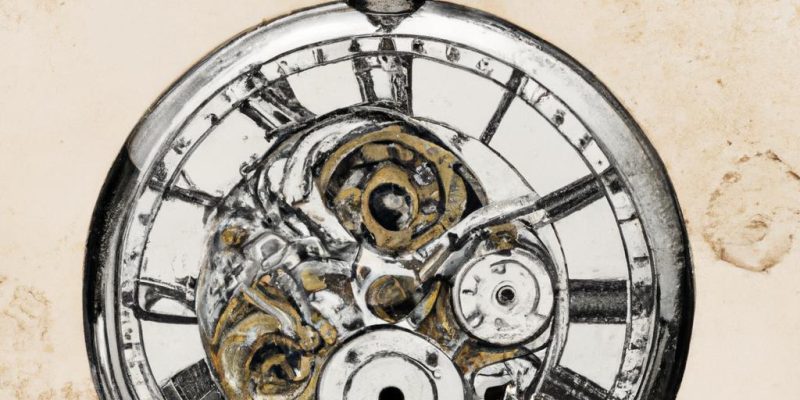
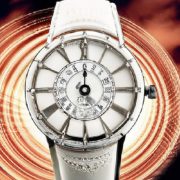
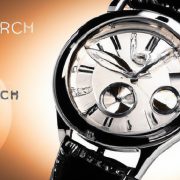
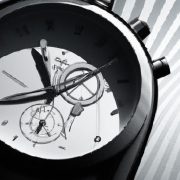










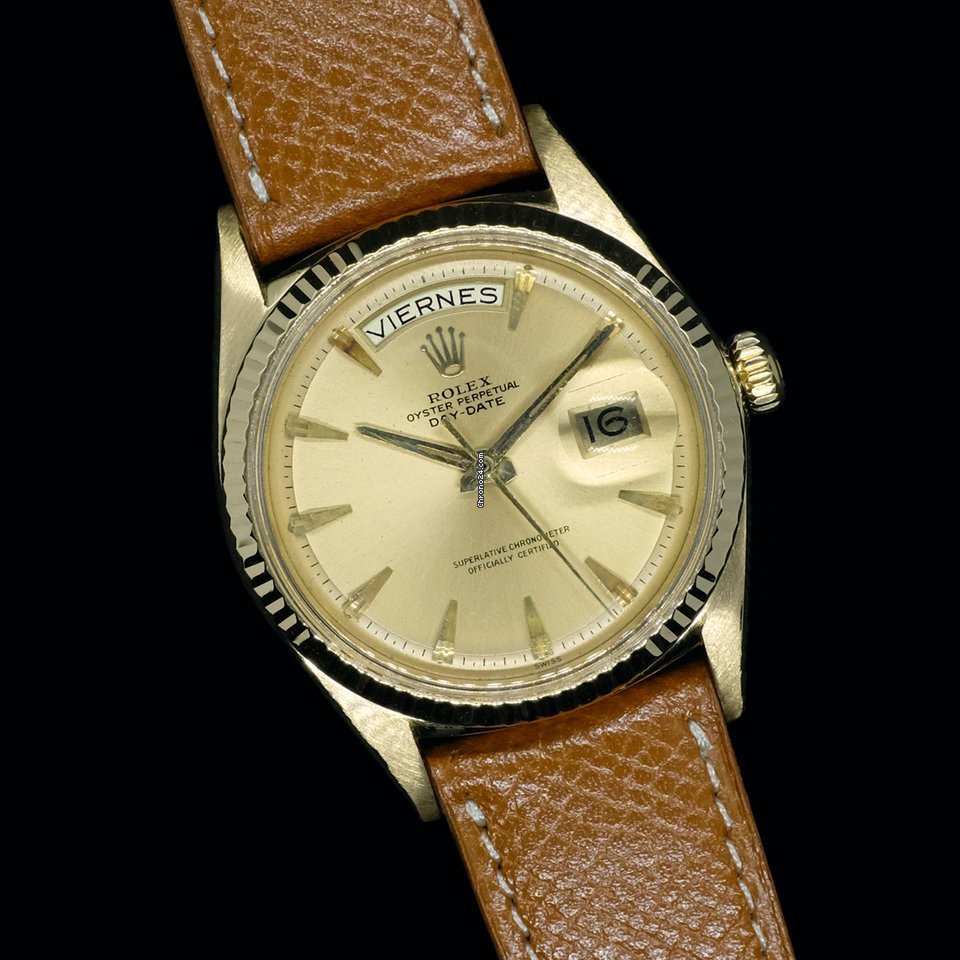

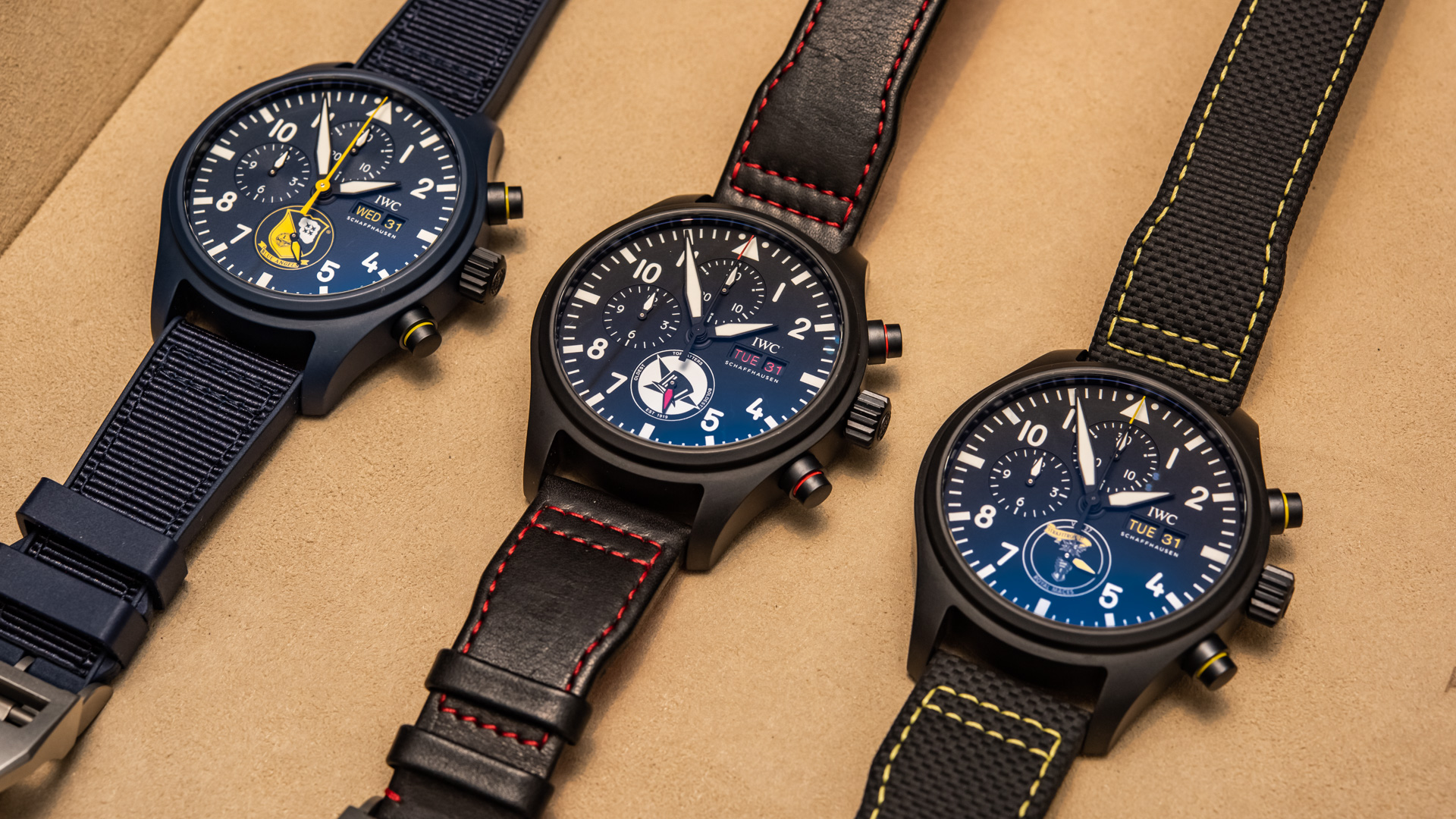
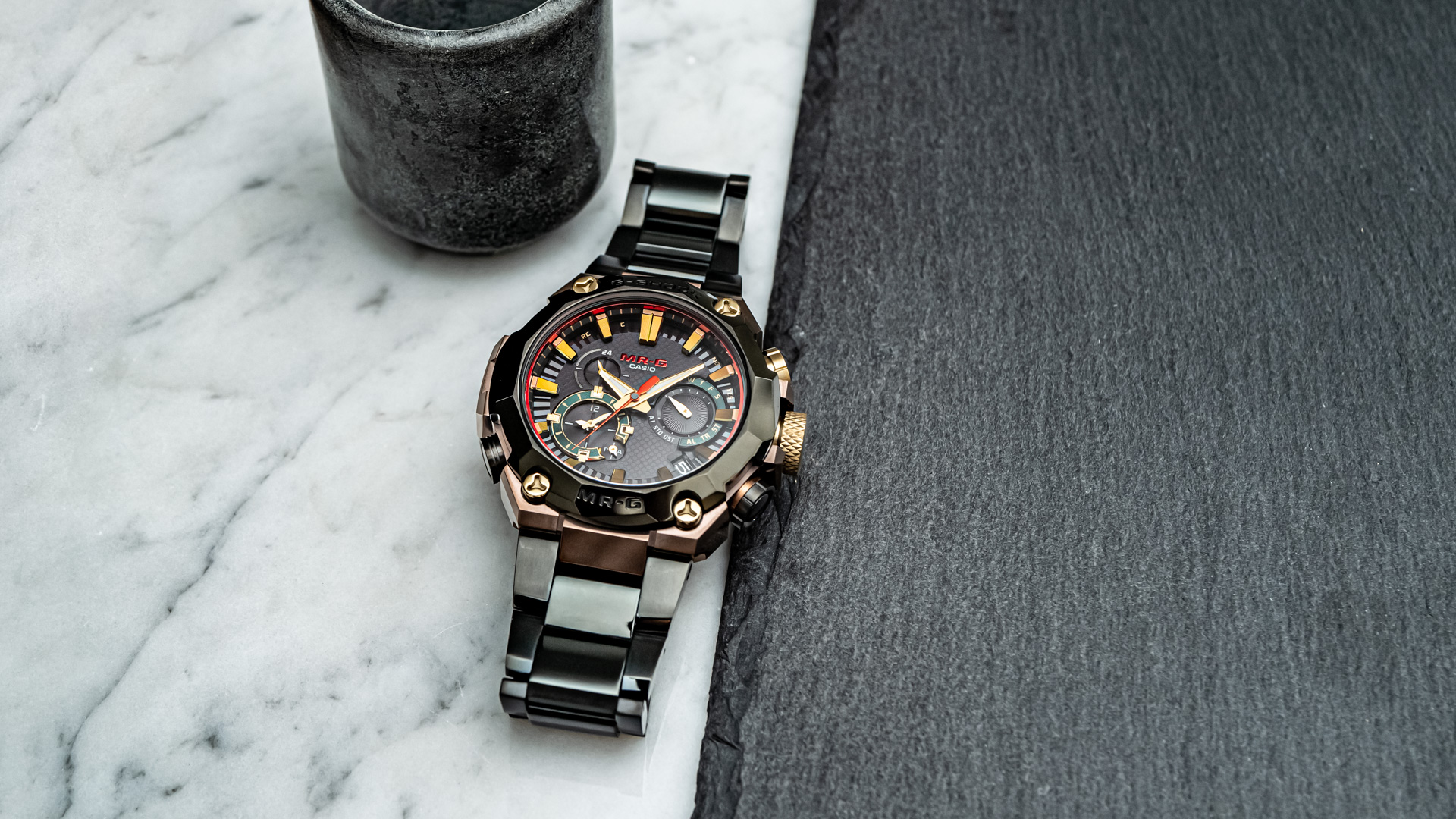


Comments